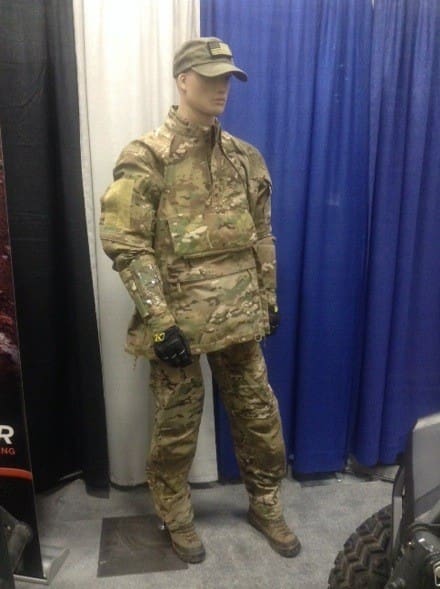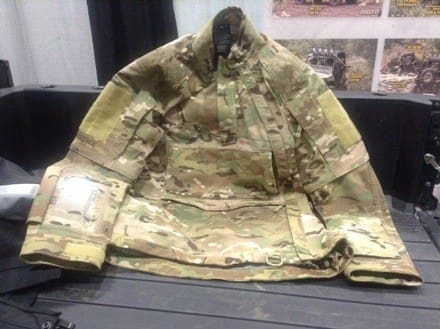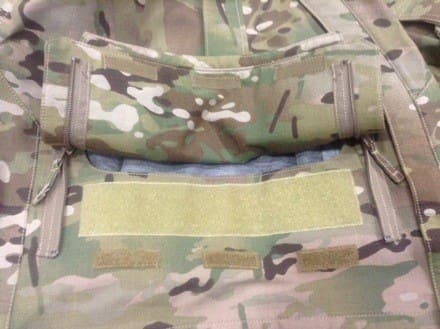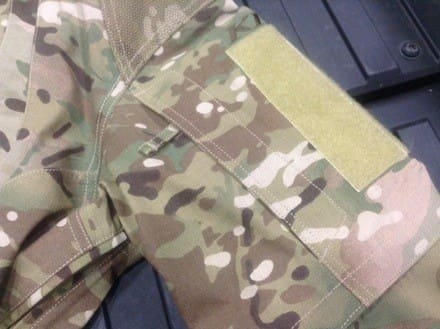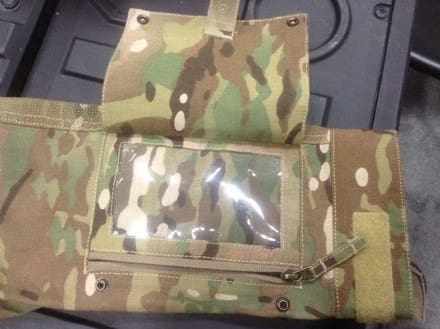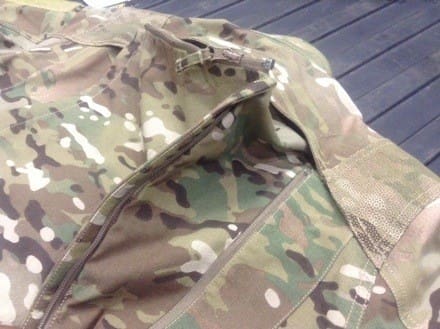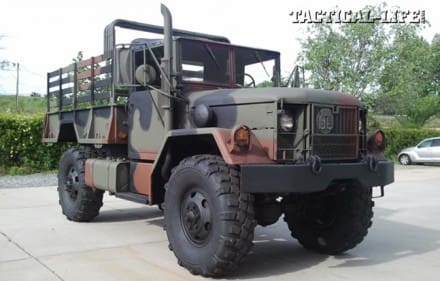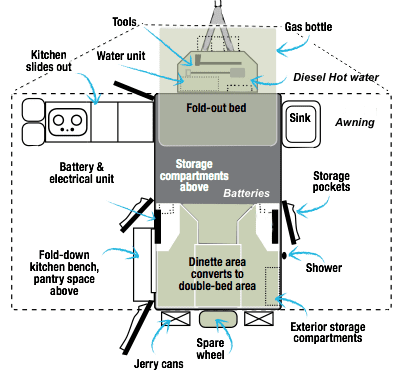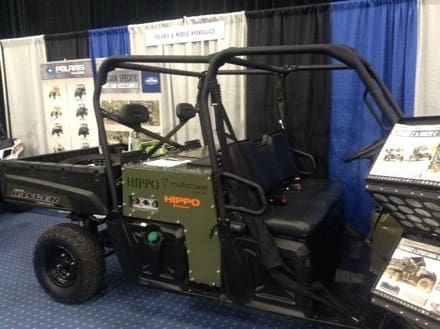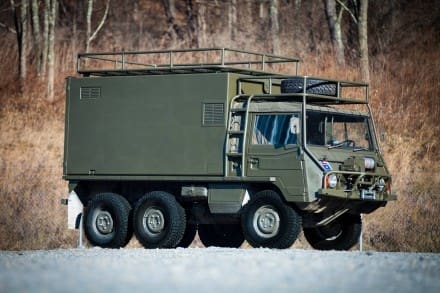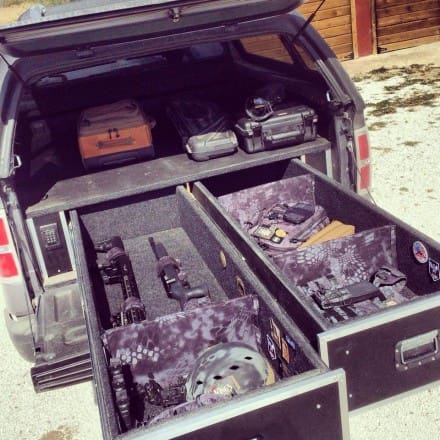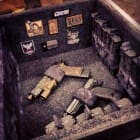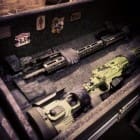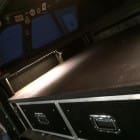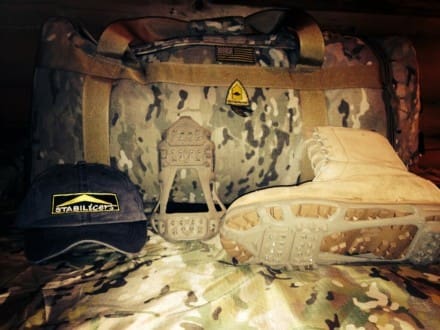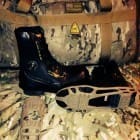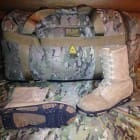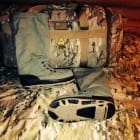You may be familiar with Klim (pronounced climb), manufacturers of motorcycle wear. What you may not know is that they just launched a tactical line of clothing designed specifically for military motorcycle riders.
One of the Polaris family of companies, they have introduced an anorak style jacket and trouser. Manufactured from An FR Gore-tex fabric, all of the pulls and findings are also FR. It also integrates Super Fabric in high wear areas.
This thing is packed with features. For instance, it features full pit zips along with a full frontal opening zipper as well as a front zip for ventilation. It’s sized to fit over all of your kit and there added a flap on the front that can be opened so that you can access chest mounted magazines.
Sleeve pockets are inset on the upper arm and a windowed forearm pocket can be used for maps and GRGs. The lower sleeves can also be removed via zipper.
The back has a feature I’ve never seen. Since it’s worn over equipment the rear has an expandable flap that will accommodate back mounted gear on a vest.


